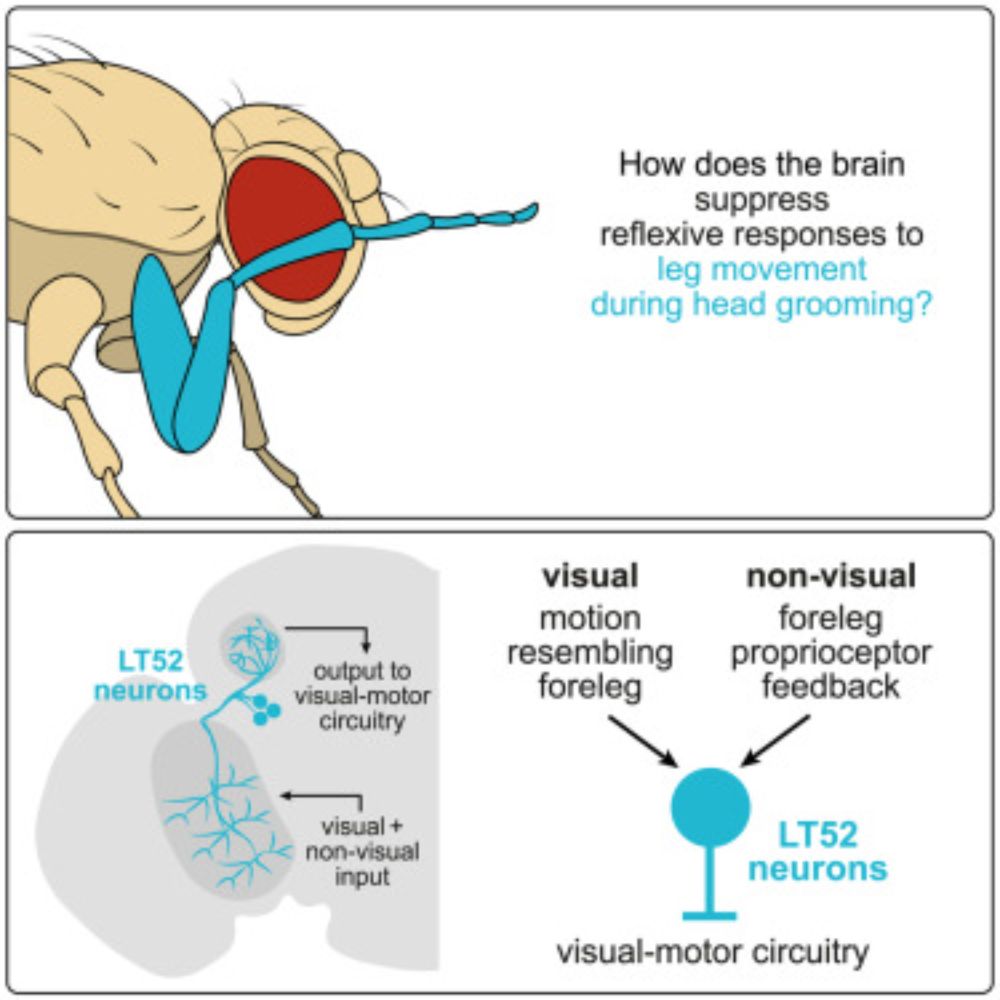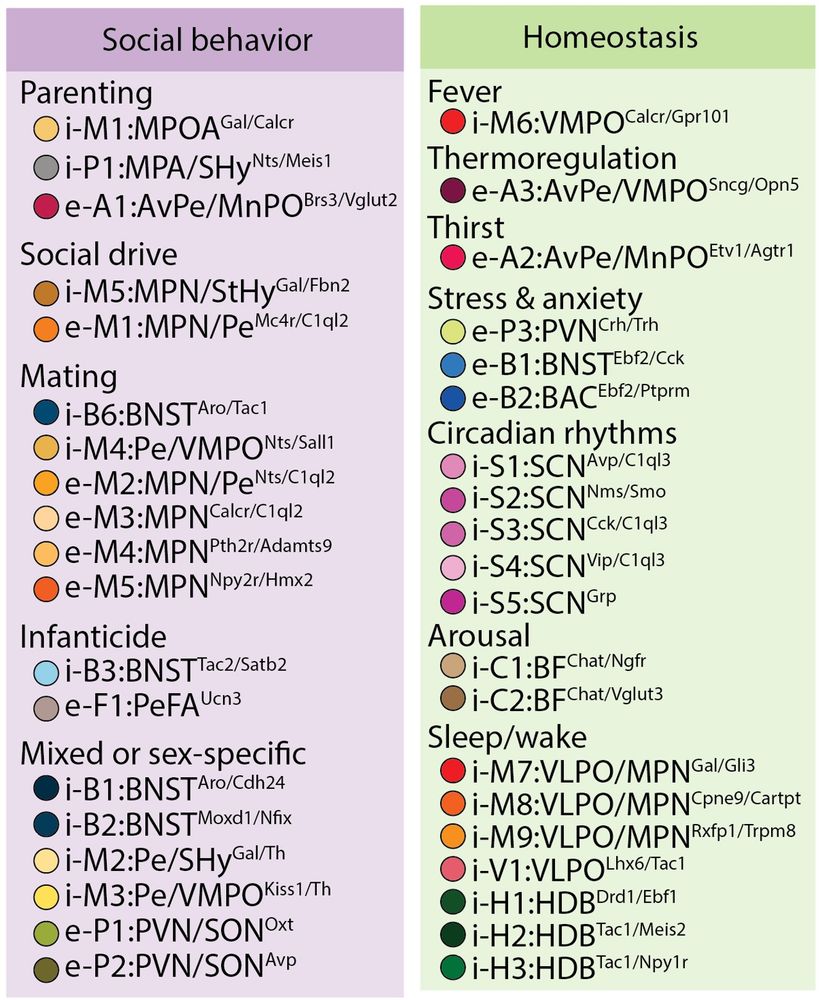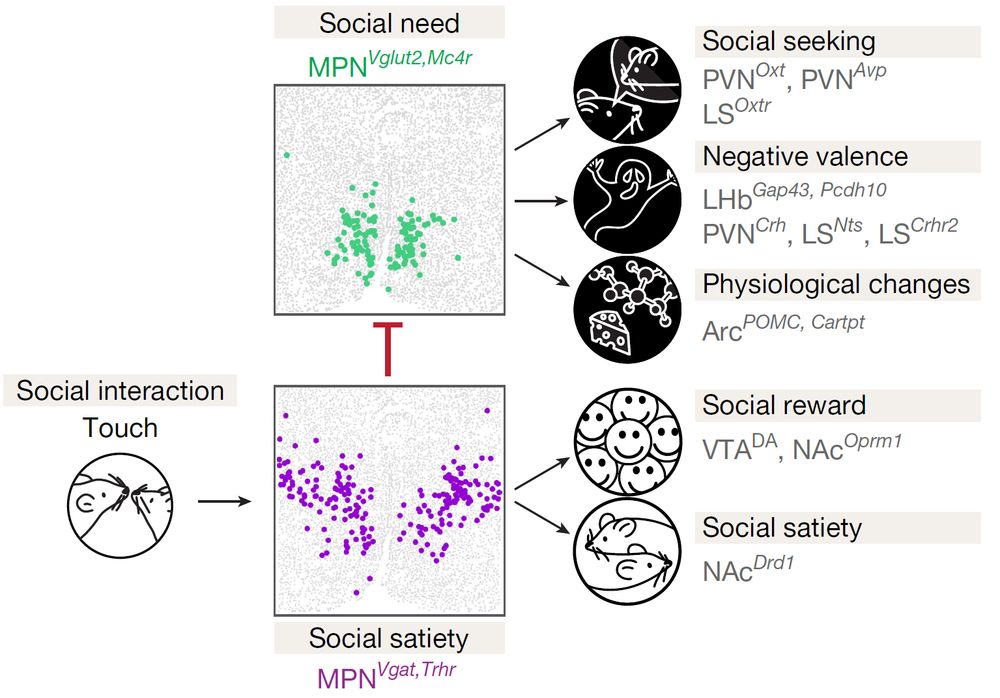Harris Kaplan
@harriskaplan.bsky.social
600 followers
1.1K following
20 posts
Neurobiologist working on how the infant brain controls behavior
Postdoc in @dulaclab.bsky.social @ Harvard
PhD was in the Zimmer lab @ IMP, Vienna
Posts
Media
Videos
Starter Packs
Reposted by Harris Kaplan
Matt Collie
@mottcallie.bsky.social
· Jul 17

A cell type in the visual system that receives feedback about limb movement
Hartman et al. describe a cell type in the Drosophila visual system that is activated
during head grooming through visual and non-visual signals arising from foreleg movements.
These neurons inhibit a...
www.cell.com
Reposted by Harris Kaplan
Reposted by Harris Kaplan
Catherine Dulac
@dulaclab.bsky.social
· Mar 5
Harvard_MCB
@harvardmcb.bsky.social
· Mar 5

The Development of Instincts at the Single Cell Level - Harvard University - Department of Molecular & Cellular Biology
A new study from the Dulac Lab explores how one small brain region called the preoptic area (POA) of the hypothalamus changes through early life in mice. Though […]
www.mcb.harvard.edu
Reposted by Harris Kaplan
Reposted by Harris Kaplan

















